Ditapis dengan
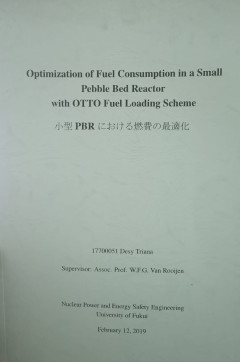
Optimization of Fuel Consumption in a Small Pebble Bed Reactor with OTTO Fuel…
Optimization the performance of the Pebble Bed Reactor with OTTO fuel loading scheme has been carried out. Parameters and reactor desigen refer to the HTR-module 200 and PBMR. HTR-Modul 200 is model PBR that has thermal power output 200 MW and using UO2 as a fuel with HK loading 7 gr/pebble and uranium enrichment of 7.8%. The PBMR is a rptotype pebble bed modular reactor with an thermal output …
- Edisi
- -
- ISBN/ISSN
- -
- Deskripsi Fisik
- 44p.;illus, 24cm
- Judul Seri
- -
- No. Panggil
- 621.483 TRI O
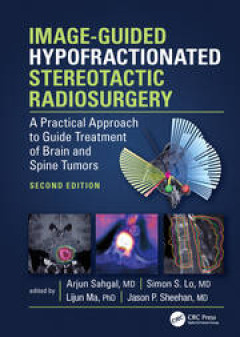
Image-Guided Hypofractionated Stereotactic Radiosurgery: A Practical Approach…
Following recent developments in hypofractionated stereotactic radiation therapy (SRT) for brain and spine tumors, this new edition offers a fully updated and comprehensive "how-to" guidance on hypofractionated SRT for brain and spine metastases, glioma, benign tumors, and other tumor types. Presenting the state of the art of the technology and practice, this book: • Discusses the pros and…
- Edisi
- 2
- ISBN/ISSN
- 9781003037095
- Deskripsi Fisik
- 583p. : illus. ; 24 cm
- Judul Seri
- -
- No. Panggil
- 616.994 SAH I

Clinical Nuclear Medicine Physics with MATLAB® 1st Edition
The use of MATLAB® in clinical Medical Physics is continuously increasing, thanks to new technologies and developments in the field. However, there is a lack of practical guidance for students, researchers, and medical professionals on how to incorporate it into their work. Focusing on the areas of diagnostic Nuclear Medicine and Radiation Oncology Imaging, this book provides a comprehensiv…
- Edisi
- 1
- ISBN/ISSN
- 9781003163183
- Deskripsi Fisik
- 359p. : illus. ; 24 cm
- Judul Seri
- -
- No. Panggil
- 610.153
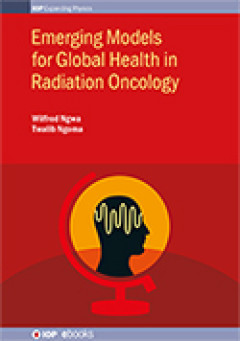
Emerging Models for Global Health in Radiation Oncology
In response to the growing global health challenge in the fight against cancer, there is now a greater need for radiation oncology health professionals across institutions to collaborate and be more globally engaged. Emerging Models for Global Health in Radiation Oncology is a response to the need for a book that comprehensively covers the important and emerging field of radiation oncology. Thi…
- Edisi
- -
- ISBN/ISSN
- 978-0-7503-1224-0
- Deskripsi Fisik
- 49p. : illus. ; 24 cm
- Judul Seri
- -
- No. Panggil
- 616.994 NGW E
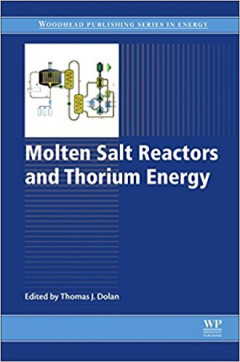
Molten Salt Reactors and Thorium Energy
Molten Salt Reactors is a comprehensive reference on the status of molten salt reactor (MSR) research and thorium fuel utilization. There is growing awareness that nuclear energy is needed to complement intermittent energy sources and to avoid pollution from fossil fuels. Light water reactors are complex, expensive, and vulnerable to core melt, steam explosions, and hydrogen explosions, so b…
- Edisi
- 1
- ISBN/ISSN
- 9780081011263
- Deskripsi Fisik
- 815 p. : Illus. ; cm
- Judul Seri
- -
- No. Panggil
- 621.483 DOL m
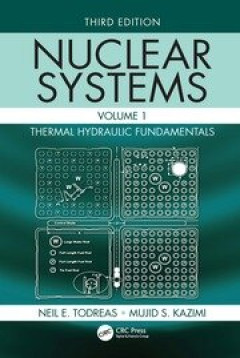
Nuclear Systems Volume I Thermal Hydraulic Fundamentals - Third Edition
Nuclear Systems, Volume I: Thermal Hydraulic Fundamentals, Third Edition, provides an in-depth introduction to nuclear power, focusing on thermal hydraulic design and analysis of the nuclear core and other key nuclear plant components. The authors stress the integration of fluid flow and heat transfer as applied to all power reactor types and energy source distribution. They cover nuclear react…
- Edisi
- 3
- ISBN/ISSN
- 9781351030502
- Deskripsi Fisik
- 887p. : illus. ; 24 cm
- Judul Seri
- -
- No. Panggil
- 621.483 TOD N
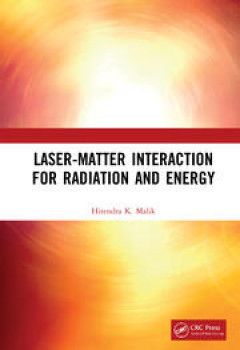
Laser-Matter Interaction for Radiation and Energy
The interaction of high-power lasers with matter can generate Terahertz radiations that efficiently contribute to THz Time-Domain Spectroscopy and also would replace X-rays in medical and security applications. When a short intense laser pulse ionizes a gas, it may produce new frequencies even in VUV to XUV domain. The duration of XUV pulses can be confined down to the isolated attosecond pulse…
- Edisi
- -
- ISBN/ISSN
- 978-1-315-39602-6
- Deskripsi Fisik
- 329p. : illus. ; 24 cm
- Judul Seri
- -
- No. Panggil
- 621.366 MAL L
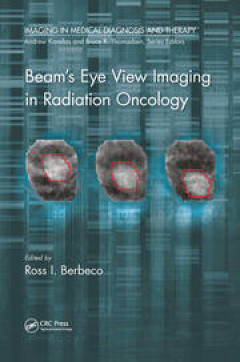
Beam’s Eye View Imaging in Radiation Oncology
This first dedicated overview for beam’s eye view (BEV) covers instrumentation, methods, and clinical use of this exciting technology, which enables real-time anatomical imaging. It highlights how the information collected (e.g., the shape and size of the beam aperture and intensity of the beam) is used in the clinic for treatment verification, adaptive radiotherapy, and in-treatment interven…
- Edisi
- -
- ISBN/ISSN
- 978-1-4987-3634-3
- Deskripsi Fisik
- 231p. : illus. ; 24 cm
- Judul Seri
- -
- No. Panggil
- 616.994 ROS B
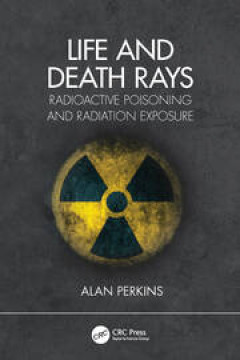
Life and Death Rays Radioactive Poisoning and Radiation Exposure
This unique book provides an accessible introduction to both the scientific background and the key people involved in the discovery and use of radiation and radioactivity. It begins by providing a short history of radiation exposures and radiation poisoning; from the early inappropriate use of X-rays and radium cures through the misadventures of the Manhattan Project and the Chernobyl disaster,…
- Edisi
- -
- ISBN/ISSN
- 978-1-003-02824-6
- Deskripsi Fisik
- 221p. : illus. ; 24 cm
- Judul Seri
- -
- No. Panggil
- 616.989 PER L
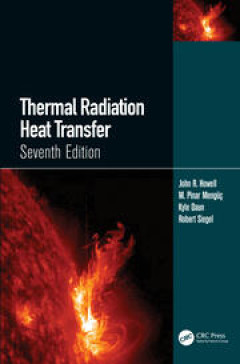
Thermal Radiation Heat Transfer - Seventh Edition
The seventh edition of this classic text outlines the fundamental physical principles of thermal radiation, as well as analytical and numerical techniques for quantifying radiative transfer between surfaces and within participating media. The textbook includes newly expanded sections on surface properties, electromagnetic theory, scattering and absorption of particles, and near-field radiative …
- Edisi
- 7
- ISBN/ISSN
- 978-0-429-32730-8
- Deskripsi Fisik
- 997p. : illus. ; 24 cm
- Judul Seri
- -
- No. Panggil
- 621.4022 HOW T
 Karya Umum
Karya Umum  Filsafat
Filsafat  Agama
Agama  Ilmu-ilmu Sosial
Ilmu-ilmu Sosial  Bahasa
Bahasa  Ilmu-ilmu Murni
Ilmu-ilmu Murni 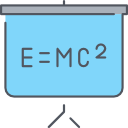 Ilmu-ilmu Terapan
Ilmu-ilmu Terapan  Kesenian, Hiburan, dan Olahraga
Kesenian, Hiburan, dan Olahraga  Kesusastraan
Kesusastraan  Geografi dan Sejarah
Geografi dan Sejarah